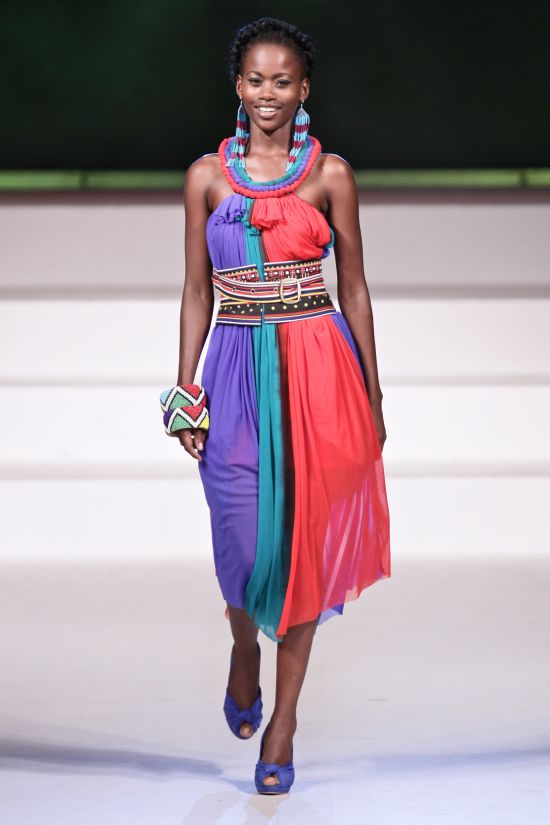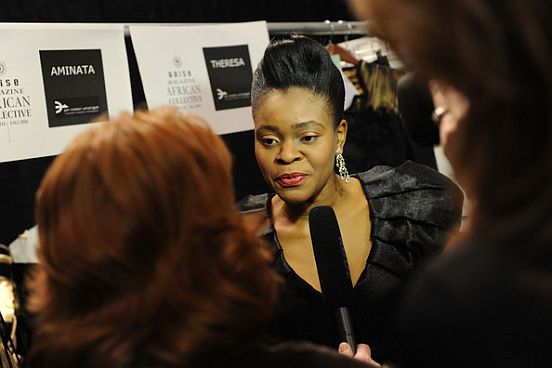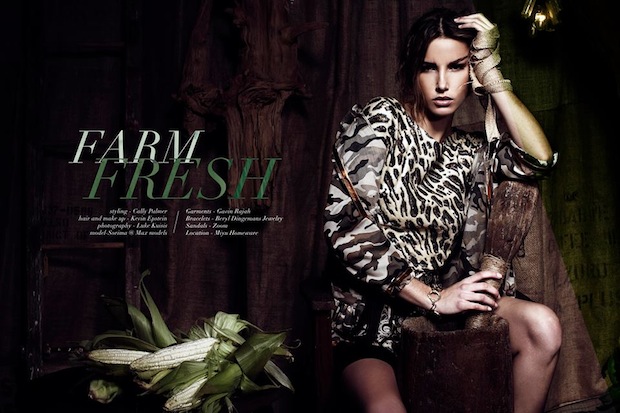 There has been a lot of business activity in the global luxury industry of late, as the industry appears to have rebounded from the global recession. In the last month alone, there have been at least five acquisitions with the most notable being: Labelux’s acquisition of Jimmy Choo from TowerBrook, Qatar Luxury Group’s acquisition of Le Tanner, and Puig’s acquisition of Jean Paul Gaultier from Hermes. While Prada’s IPO (Initial Public Offering) has been five times subscribed (demand of shares exceeds supply by five times), there are also talks circulating the industry that the PPR Luxury Group, which includes luxury brands such as Alexander McQueen, Stella McCartney and Yves Saint Laurent, is looking to make a major acquisition in the near future.
There has been a lot of business activity in the global luxury industry of late, as the industry appears to have rebounded from the global recession. In the last month alone, there have been at least five acquisitions with the most notable being: Labelux’s acquisition of Jimmy Choo from TowerBrook, Qatar Luxury Group’s acquisition of Le Tanner, and Puig’s acquisition of Jean Paul Gaultier from Hermes. While Prada’s IPO (Initial Public Offering) has been five times subscribed (demand of shares exceeds supply by five times), there are also talks circulating the industry that the PPR Luxury Group, which includes luxury brands such as Alexander McQueen, Stella McCartney and Yves Saint Laurent, is looking to make a major acquisition in the near future.
These and several other examples go to show that the business of fashion (or luxury) is lucrative as further evidenced by some brands such as Prada being worth billions and the net worth of luxury groups such as LVMH, Richemont, PPR, Hermes and Swatch also worth billions.
This leads me to the question: if there is surplus evidence that fashion is indeed big business, why are so few business-savvy individuals slow to invest in the African fashion industry, given its potential to be worth millions or even billions of dollars. There are only a few African organizations seizing the chance to cater to the mostly under-served market of Africans that want at their disposal, a wide range – both style and price – of clothes made by local designers.
Two cases in point of organizations that are taking advantage of this opportunity are the Foschini Group and Fashion Business Angola.
The Foschini Group (TFG) is a South African fashion retail company that is listed on the Johannesburg Stock Exchange. The Foschini Group has not only grown its core brand, Foschini, over the years; it has also grown inorganically through acquisitions and the introduction of multiple brands aimed at difference segments within the fashion industry. Some of their brands include Donna-Claire, Fashion Express and Luella. In order to maximize its profits, TFG has also paid attention to its cost structure by being backwards integrated. Through its own sourcing company, the TFG Apparel Supply Company, it has gained economies of scale as a result of buying materials in bulk for its various brands.
On the other hand, Fashion Business Angola was launched in 2010 and it aims to facilitate networking between designers, manufacturers and retailers. This networking platform between industry stakeholders could in the near future, result in strong business relationships and promising deals being forged.
This article hopes to serve as a call-to-action to investors. The African industry is full of promise and is not yet saturated with investments. Now is the time to get involved. The very least one can do is to select a few companies and monitor their performance. A further step would be to evaluate the feasibility of an expansion, then based on your findings and on your risk profile, you can then choose whether or not to make an investment. Do not rule out the business of fashion without having done a due-diligence. You never know, your investment could be the one needed to propel a small business label to million, or even billion, dollar status.
-Rolake Adeniran
-Photocredit: Simon Deiner/SDR Photo
-Photo description: Fashion Business Angola 2010
Founded in 2007, Ladybrille® Magazine is a California based pioneer digital publication demystifying the image of Africans in the west through contemporary African fashion and celebrating the brilliant woman in business and leadership, with an emphasis on the African woman in the diaspora. Our coverage includes stories on capital, access to markets, expertise, hiring and retention, sales, marketing, and promotions.




